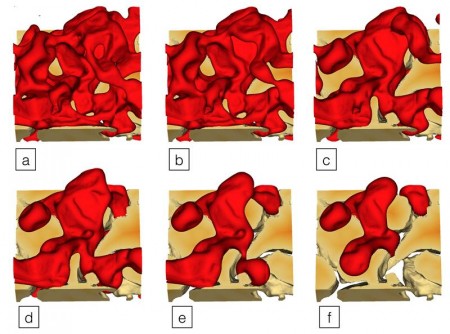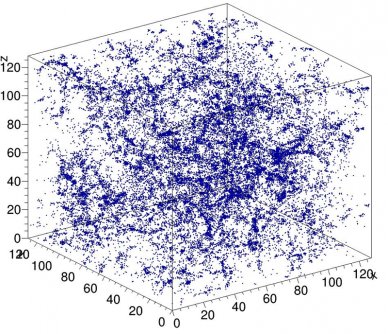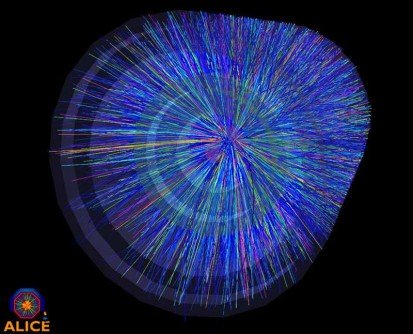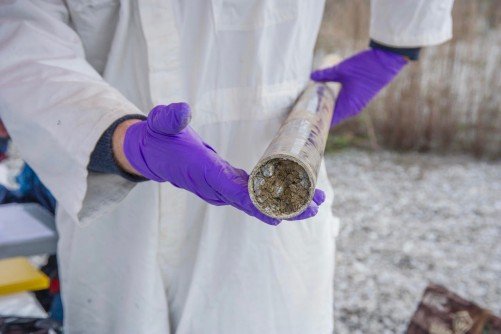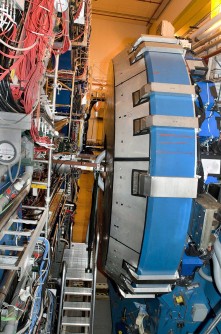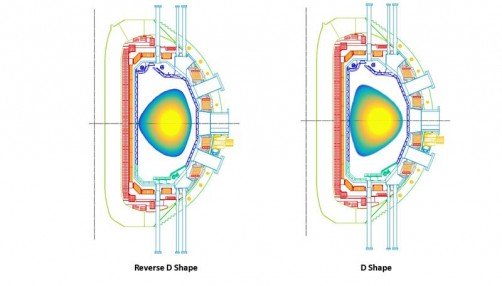Supercomputer validates mathematical approach for describing geological features. The Science Deep beneath the Earth’s surface, oil and groundwater percolate through gaps in rock and other geologic material. Hidden from sight, these critical resources pose a significant challenge for scientists seeking…
